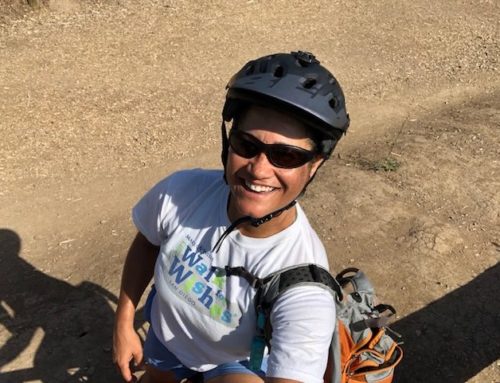The segment will discuss the biceps—the opposing muscle group to the triceps. Located on the anterior (front) portion of the upper arm between the elbow and the shoulder, these muscles are responsible for flexing (bending) the arm at the elbow. Known commonly as the bicep, the muscle is actually made up of two muscles, the short head and the long head, which together form the bicep brachii.
For the bicep muscle to contract, the arm must flex at the elbow. So in each of the following exercises, the arm will first flex and then extend to a straightened position before repeating the movement. As in the last edition, this issue will focus on the exercises themselves rather than the number of repetitions, sets, or weight, since each of these is specific to the individual and should not be generalized.
Probably the best-known exercise for the biceps is the barbell curl. Performed from a standing position, this exercise uses either a straight bar or a curl bar. Gripping the bar in both hands and starting with the arms in a straightened position at your sides, you curl the bar by flexing the elbows and bringing the bar all the way up to your chest. The bar is then lowered again and the movement is repeated. Be sure and keep the upper position of the arm in to your sides throughout the exercise, taking care not to swing the arm at the shoulder.
A variation of the same exercise can be performed with dumbbells. Since dumbbells allow a little more versatility, you can curl them from several different positions, each affecting the muscle in a slightly different way. In the first position, the palms face away from the body, and in the second, know as the hammer curl, the palms face inward towards the body. Both exercises work well for achieving a burn in the biceps.
The incline dumbbell curl will serve as our third exercise. Performed from a seated position on an incline bench, this exercise tends to be more difficult than the standing curls and in addition usually won’t require as much weight to overload the muscle. I prefer to use a 45-degree angled bench to do the exercise, and be sure and rest the back of your head on the bench rather than attempt to hold your head up. Again, the exercise starts from a straight-armed position and I find you get an excellent contraction in the bicep if you begin with the dumbbells facing the body. As you flex the arm, twist your wrists slightly outwards so that once you reach the top of the movement the palms are facing away from your body, just like in the first barbell curl mentioned above.
You can perform any of the dumbbell exercises discussed here individually, training one arm at a time rather than both together. Both the dumbbell and the barbell exercises can also be done with cables rather than the free weights I used as examples. Try these out on your next workout and for more detailed information on any particular body part, write in to the paper or contact me directly if you’d like me to cover something specific in an upcoming issue. In the mean time, enjoy your workouts and remember that consistency is the key to progress. Be sure to catch the next issue for chest exercises!
Melissa Allen, BS, CPT, CES is a certified personal trainer, corrective exercise specialist and Medifast health coach, is the owner of the Optimum Condition Corrective Exercise & Performance Center, located in El Cajon, in the East County of San Diego. We specialize in customized fitness training and corrective exercise for both special condition, recreational athletes and post-rehab clients, as well as guaranteed weight loss programs or your money back. You can schedule a free consultation to help you get started. Please visit her website at OptimumCondition.org.





